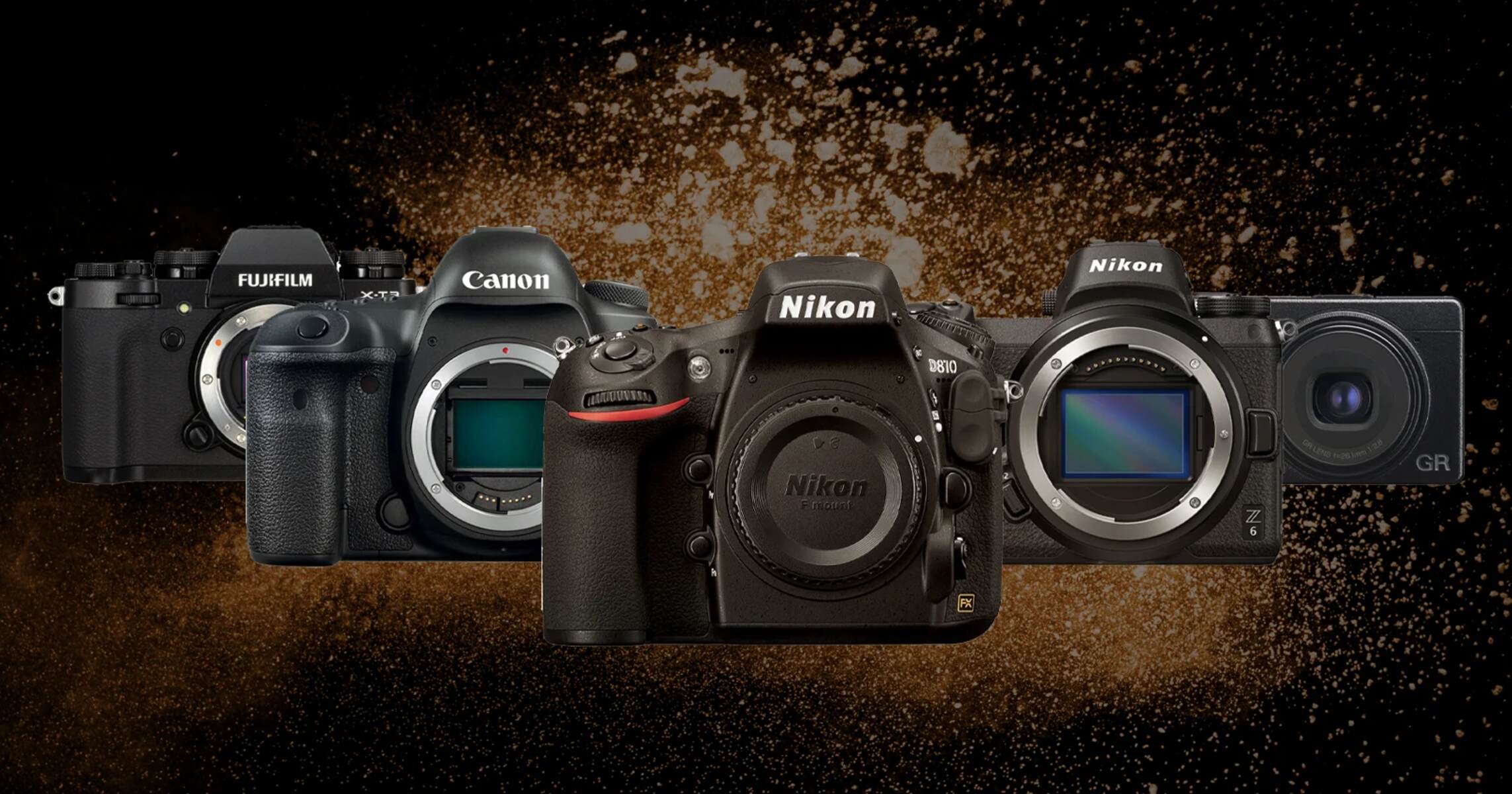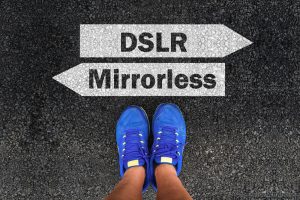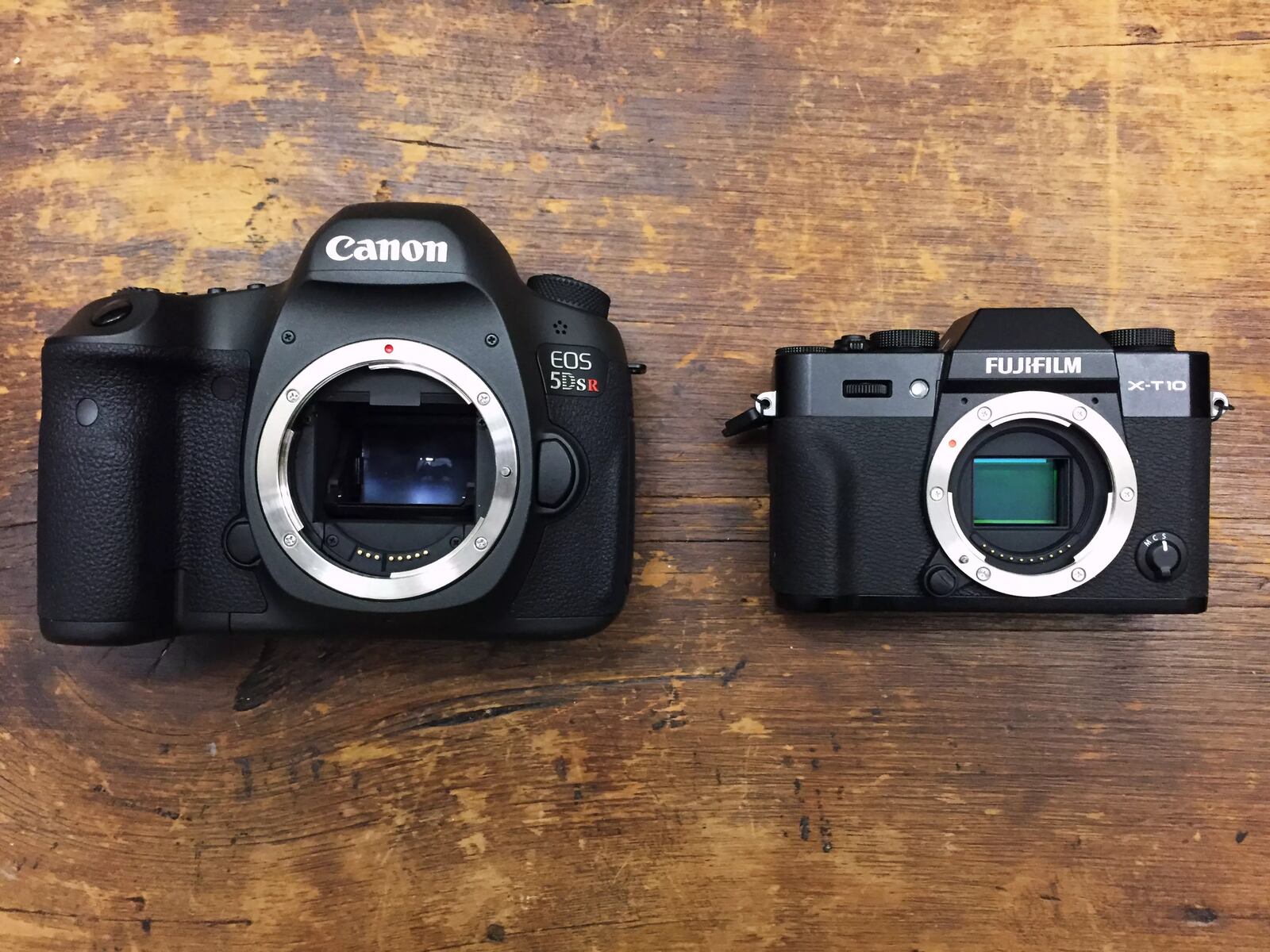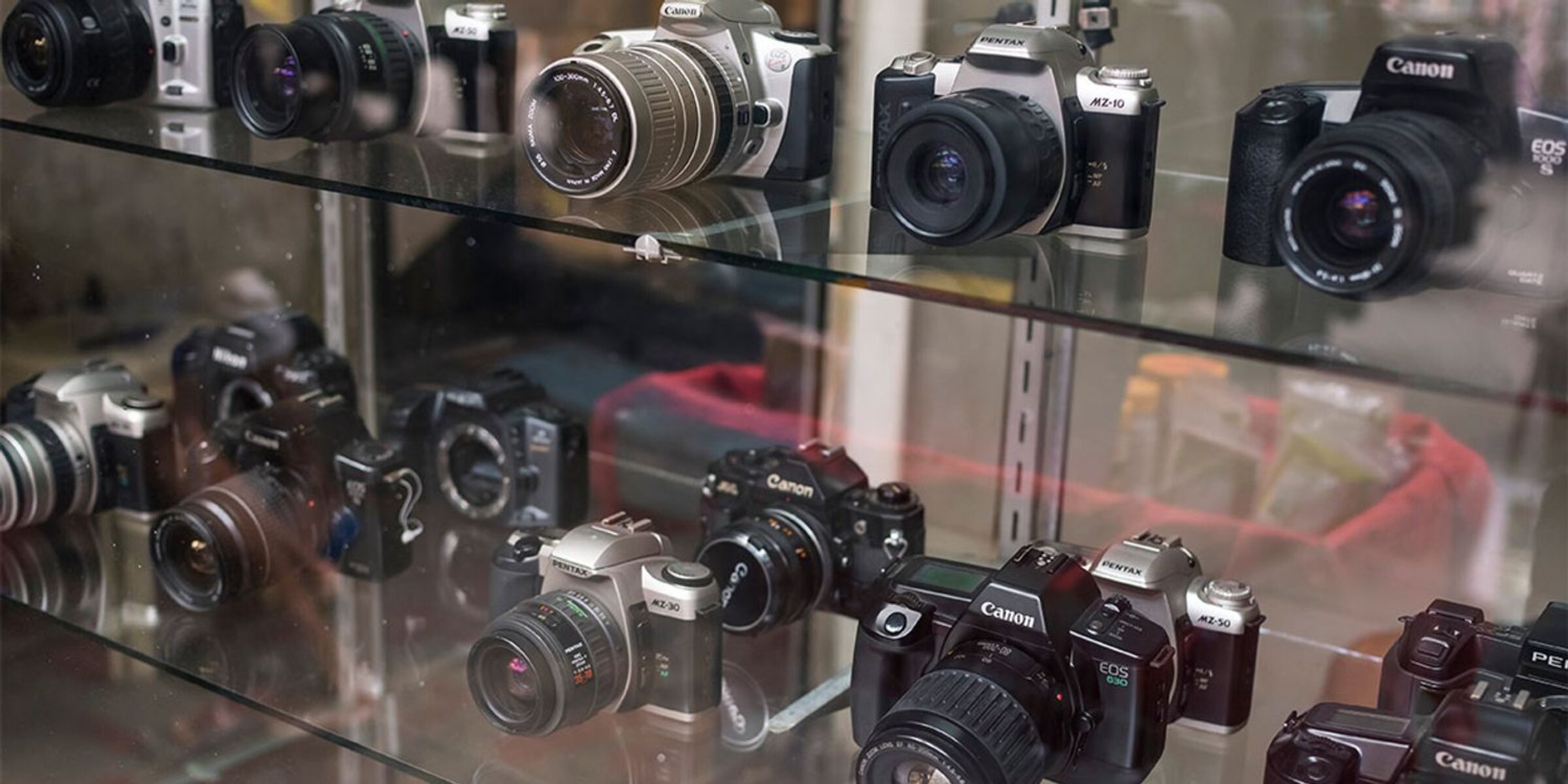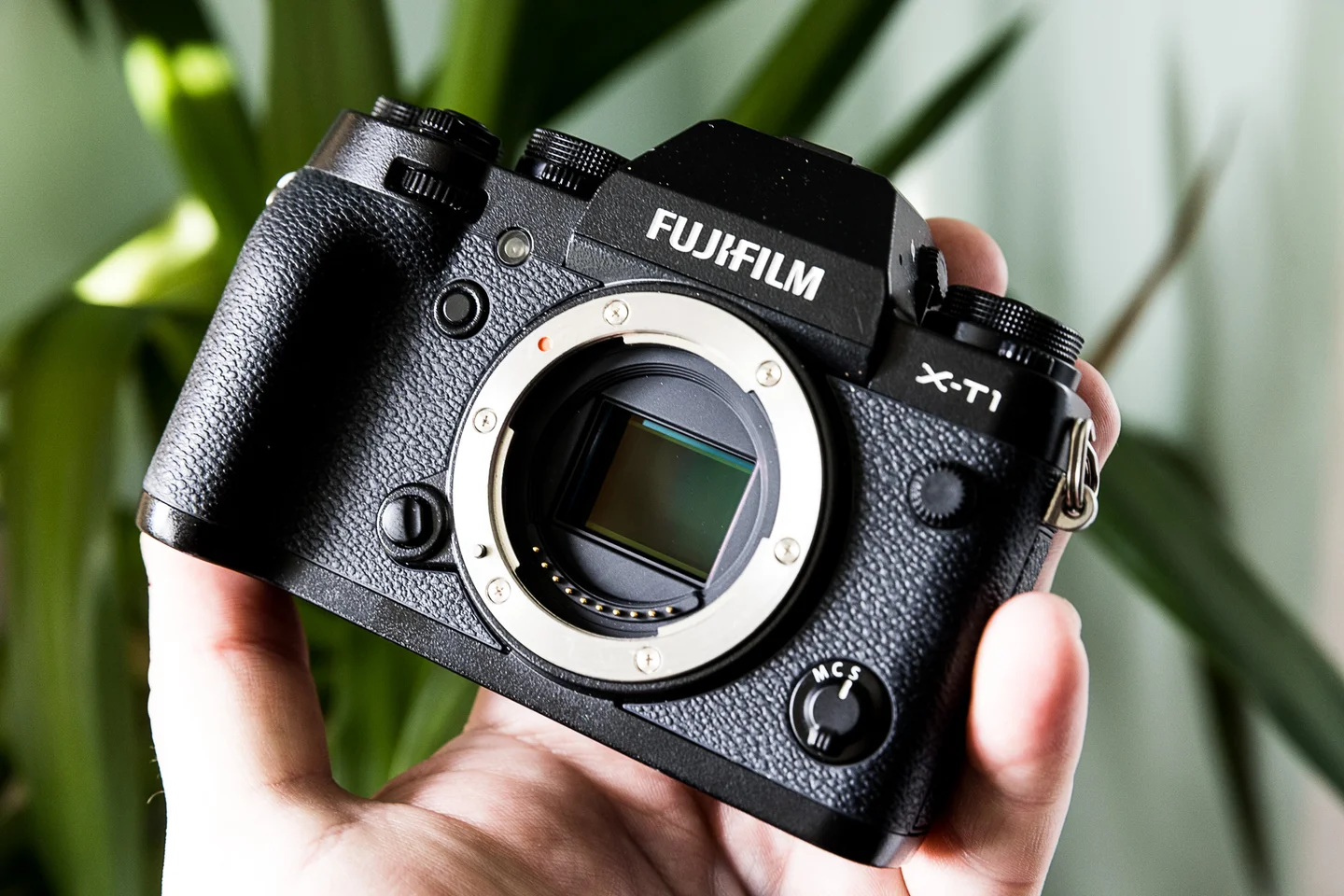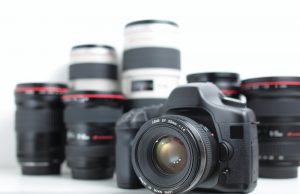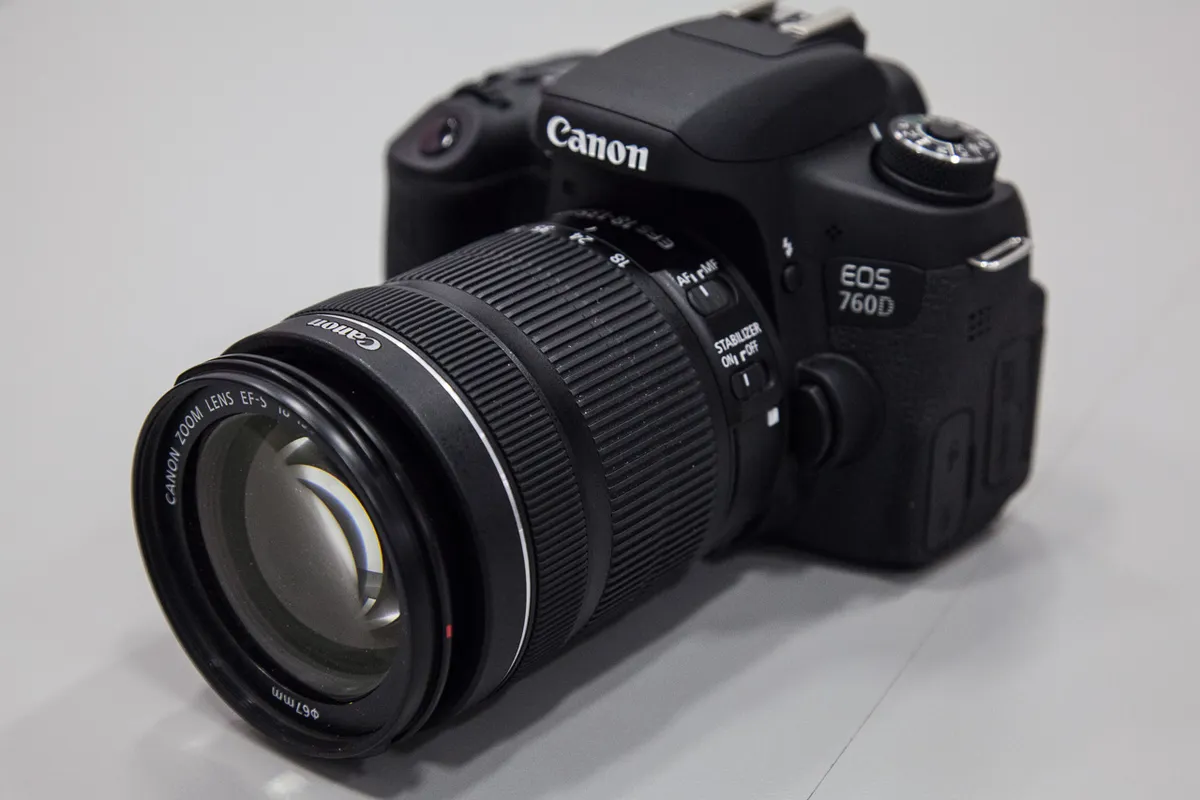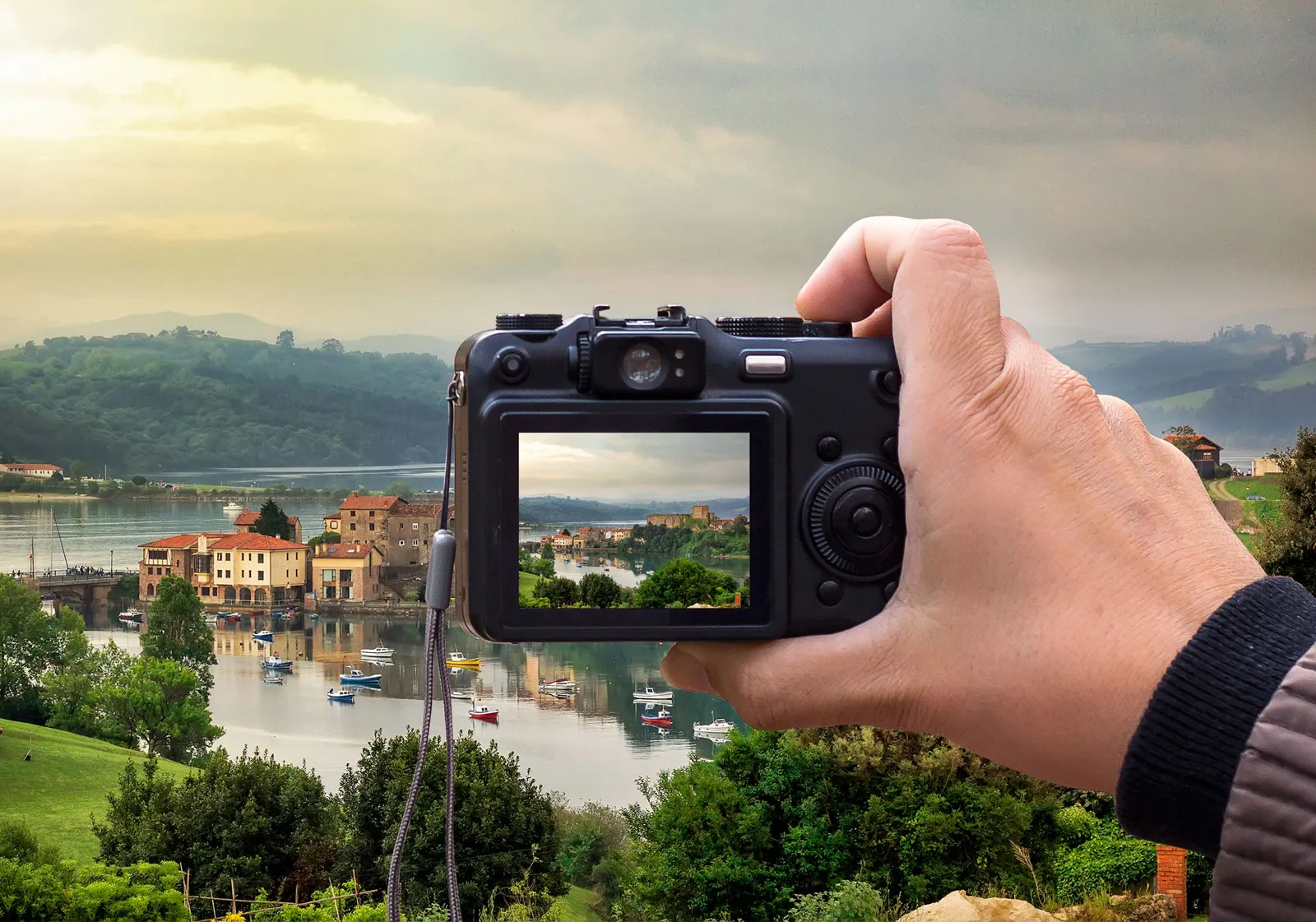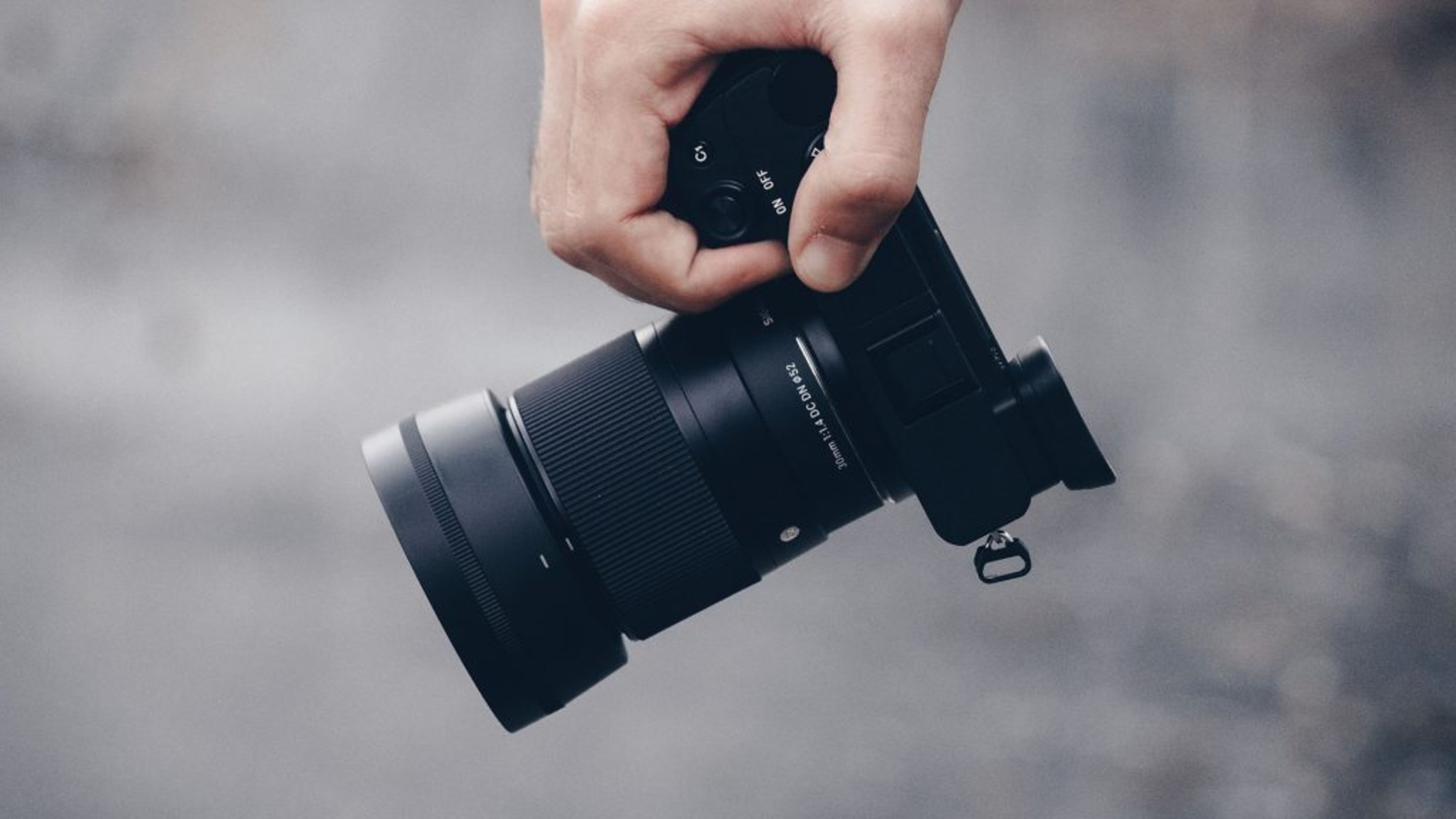Sensor Condition
When purchasing a used mirrorless camera, assessing the sensor condition is paramount. The sensor is the heart of the camera, determining image quality and low-light performance. Here's what to consider:
-
Inspect for Dust and Scratches: Carefully examine the sensor for dust particles and scratches. Dust can affect image clarity, while scratches may lead to distorted images. A clean sensor indicates that the previous owner has maintained the camera well.
-
Perform a Sensor Test: Many mirrorless cameras have a built-in sensor cleaning mode. Activate this feature to check for any stubborn dust particles. Additionally, take a few test shots at different apertures to identify any sensor spots or blemishes.
-
Check for Dead Pixels: Dead pixels can appear as small, bright spots in images. To detect these, set the camera to its smallest aperture and take a few photos of a plain, evenly lit surface. Zoom in on the images to spot any anomalies.
-
Evaluate Sensor Size and Megapixels: Ensure the sensor size and megapixel count align with your photography needs. A larger sensor generally delivers better image quality, especially in low-light conditions, while a higher megapixel count allows for more detailed prints and cropping flexibility.
-
Research Known Sensor Issues: Before purchasing a specific camera model, research common sensor problems associated with it. Some models may have known issues, such as a tendency for the sensor to overheat or develop hot pixels.
By meticulously examining the sensor condition, you can make an informed decision about the camera's overall image quality and potential maintenance costs.
Shutter Count
The shutter count of a mirrorless camera is akin to its odometer, providing insight into the number of shutter actuations it has undergone. This metric is crucial in determining the camera’s remaining lifespan and potential repair costs. Here’s what to consider when evaluating the shutter count:
- Understanding Shutter Count: The shutter count indicates how many times the camera’s shutter mechanism has been activated. Most mirrorless cameras have an expected shutter lifespan, often ranging from 100,000 to 200,000 actuations. Exceeding this limit may necessitate a costly shutter replacement.
- Request the Shutter Count: When considering a used mirrorless camera, ask the seller for the shutter count. This information provides transparency regarding the camera’s usage and aids in assessing its value.
- Assessing Shutter Wear: While a lower shutter count is desirable, it’s also essential to consider the type of photography the camera was used for. Constant high-speed shooting or prolonged use in challenging environments can accelerate shutter wear. Evaluate the camera’s history to gauge the impact of its usage patterns on the shutter mechanism.
- Projected Shutter Lifespan: Based on the current shutter count, estimate the remaining shutter lifespan. If the camera has surpassed its expected shutter actuations, factor in the potential cost of a shutter replacement when determining the overall value of the camera.
- Consider Warranty and Service History: If the camera is still within its warranty period or has undergone recent servicing, inquire about any shutter-related maintenance or replacements. This information can provide assurance regarding the shutter’s current condition and any recent interventions.
By thoroughly assessing the shutter count and its implications, you can make an informed decision regarding the camera’s usage history, potential longevity, and any associated maintenance considerations.
Image Stabilization
Image stabilization is a critical feature in a mirrorless camera, particularly for handheld photography and video recording. When examining a used mirrorless camera, it’s essential to evaluate the effectiveness of its image stabilization system. Here’s what to consider:
- Types of Image Stabilization: Mirrorless cameras employ various image stabilization mechanisms, including sensor-shift, lens-based, and digital stabilization. Familiarize yourself with the specific type utilized by the camera model you’re considering, as each has unique advantages and limitations.
- Test Image Stabilization Performance: During a hands-on assessment, capture test shots and videos in different shooting conditions to evaluate the effectiveness of the image stabilization system. Pay attention to the reduction of camera shake and the stability of footage when recording handheld or in low-light environments.
- Assess Compatibility with Lenses: If the camera utilizes lens-based stabilization, verify that the lenses you intend to use are also equipped with stabilization capabilities. Compatibility between the camera body and lenses is crucial for maximizing the benefits of image stabilization.
- Consider In-Body Stabilization: For cameras featuring sensor-shift stabilization, inquire about the smoothness of the stabilization mechanism and its compatibility with different lenses. This feature can significantly enhance the camera’s versatility, particularly when using non-stabilized lenses.
- Research Known Issues: Investigate any reported issues related to the image stabilization system in the specific camera model. Some cameras may have known shortcomings, such as audible stabilization motor noise or limitations in certain shooting scenarios.
By thoroughly assessing the image stabilization system, you can gauge its effectiveness in compensating for camera shake and enhancing the overall quality of your photographic and videographic endeavors.
Lens Compatibility
When purchasing a used mirrorless camera, understanding its compatibility with various lenses is crucial for expanding your photographic capabilities. Here’s what to consider when evaluating lens compatibility:
- Native Lens Compatibility: Determine the range of native lenses designed for the camera’s specific mount. Native lenses are optimized for seamless integration with the camera body, often offering superior autofocus performance and full compatibility with advanced features.
- Third-Party Lens Support: Research the availability of third-party lenses compatible with the camera’s mount. Third-party manufacturers offer a wide selection of lenses that can provide cost-effective alternatives and unique focal lengths, enhancing the camera’s versatility.
- Adaptability with Lens Mount Adapters: Some mirrorless cameras support the use of lens mount adapters, allowing compatibility with lenses from other camera systems. Assess the availability and functionality of mount adapters for utilizing non-native lenses with the camera.
- Consider Autofocus Performance: When using non-native lenses or adapters, consider the impact on autofocus performance. While some adapters maintain full autofocus functionality, others may limit autofocus capabilities or introduce compatibility issues.
- Compatibility with Specialized Lenses: If you have specific lenses in mind for your photography, verify their compatibility with the camera. This includes specialized lenses such as macro, tilt-shift, or ultra-wide options, ensuring that the camera can effectively utilize these lenses’ unique features.
By thoroughly assessing the camera’s lens compatibility, you can make informed decisions regarding the expansion of your lens collection and the potential for integrating diverse optics into your photographic pursuits.
Electronic Viewfinder
When evaluating a used mirrorless camera, the electronic viewfinder (EVF) plays a pivotal role in framing and composing shots, particularly in bright outdoor conditions where viewing the rear LCD screen may be challenging. Here’s what to consider when assessing the electronic viewfinder:
- Resolution and Refresh Rate: Inspect the EVF for its resolution and refresh rate. A high-resolution EVF with a swift refresh rate provides a lifelike preview of the captured image, aiding in precise composition and focus assessment.
- Viewfinder Size and Comfort: Consider the size and comfort of the EVF, as it directly impacts the viewing experience. A larger, well-designed EVF offers enhanced visibility and comfort during prolonged shooting sessions, contributing to a more immersive photographic experience.
- Eye Sensor and Diopter Adjustment: Verify the functionality of the EVF’s eye sensor, which automatically switches between the rear LCD and the viewfinder when the camera is raised to the eye. Additionally, assess the availability of diopter adjustment to accommodate individual eyesight preferences for clear, sharp viewing.
- Color Accuracy and Exposure Simulation: Evaluate the EVF’s color accuracy and its ability to simulate exposure settings in real time. A faithful representation of colors and exposure adjustments within the viewfinder facilitates precise decision-making while framing and capturing images.
- Low-Light Performance: Test the EVF’s performance in low-light conditions, as this is crucial for maintaining visibility and composition accuracy when shooting in dimly lit environments. A responsive and clear EVF in low light enhances the camera’s usability across diverse shooting scenarios.
By thoroughly assessing the electronic viewfinder, you can ensure that the camera provides a seamless and immersive viewing experience, empowering you to confidently capture and compose images in various lighting and environmental conditions.
Battery Life
Assessing the battery life of a used mirrorless camera is crucial for ensuring uninterrupted shooting sessions and prolonged usage without frequent recharging. Here are the key considerations when evaluating a camera’s battery life:
- Battery Type and Capacity: Determine the specific battery model used by the camera and its capacity. Higher capacity batteries generally provide extended shooting durations, reducing the frequency of battery changes or recharges during intensive photography sessions.
- Check the Battery Cycle Count: Inquire about the battery cycle count, which indicates the number of charge-discharge cycles the battery has undergone. A lower cycle count suggests that the battery has undergone less wear and may retain a higher capacity compared to heavily used batteries.
- Assess Power Management Features: Investigate the camera’s power management capabilities, including power-saving modes, energy-efficient components, and the availability of battery grip accessories that can accommodate additional batteries for prolonged shooting sessions.
- Real-World Usage Scenarios: Request information or test the camera’s battery performance in typical shooting conditions. Consider factors such as the number of shots or video recording duration achievable on a single charge, as well as the impact of features like image stabilization and continuous autofocus on battery consumption.
- Compatibility with External Power Sources: Determine if the camera supports external power sources, such as AC adapters or power banks, for extended or continuous shooting sessions, particularly in studio or remote shooting environments where access to conventional charging may be limited.
By thoroughly assessing the battery life and its associated features, you can make informed decisions regarding the camera’s suitability for your intended photography applications and the convenience it offers during extended shooting sessions.
Physical Condition
When purchasing a used mirrorless camera, thoroughly evaluating its physical condition is essential to ensure its functionality, durability, and overall aesthetic appeal. Here’s what to consider when examining the camera’s physical state:
- Exterior Inspection: Carefully inspect the camera body for signs of wear, including scratches, dents, or paint loss. Pay attention to vulnerable areas such as the lens mount, tripod socket, and control dials, as excessive wear in these areas may indicate heavy usage.
- Rubber Grip and Seals: Check the condition of the rubber grip and weather-sealing gaskets. Intact and well-maintained rubber grips enhance handling and comfort, while intact seals contribute to the camera’s resilience against dust and moisture, particularly in outdoor shooting environments.
- Viewfinder and LCD Screen: Assess the viewfinder and rear LCD screen for scratches, cracks, or display imperfections. A clean and unblemished viewfinder and screen ensure clear visibility and accurate image review, enhancing the overall user experience.
- Button and Dial Functionality: Test the functionality of buttons, dials, and switches, ensuring that they operate smoothly and responsively. Consistent tactile feedback and reliable control inputs are indicative of a well-maintained camera.
- Shutter and Mirror Mechanism: Activate the shutter and observe the mirror mechanism to ensure smooth and quiet operation. Any irregular noises or sluggish shutter response may indicate underlying mechanical issues that require attention.
By meticulously examining the physical condition of the camera, you can gauge its overall maintenance, usage history, and potential longevity, enabling you to make an informed decision regarding its suitability for your photographic needs.
Firmware Version
Assessing the firmware version of a used mirrorless camera is crucial for understanding its operational capabilities, performance enhancements, and compatibility with accessories and software. Here’s what to consider when evaluating the camera’s firmware:
- Check for the Latest Firmware: Research the manufacturer’s website or official sources to verify the latest available firmware version for the camera model. Up-to-date firmware often introduces improvements in autofocus performance, feature enhancements, and compatibility with newer accessories.
- Benefits of Updated Firmware: Understand the specific enhancements and bug fixes introduced in the latest firmware updates. These improvements may address known issues, expand the camera’s functionality, or enhance its compatibility with advanced lenses and accessories.
- Compatibility with Memory Cards: Some firmware updates address compatibility issues with certain brands or capacities of memory cards. Ensuring that the camera’s firmware supports commonly used memory card types and capacities is essential for seamless data storage and retrieval.
- Impact on Battery Performance: In some cases, firmware updates optimize power management and battery performance, potentially extending the camera’s operational duration on a single charge. Understanding the impact of firmware updates on battery efficiency is crucial for prolonged shooting sessions.
- Installation Process and History: Inquire about the camera’s firmware update history and the installation process. A well-maintained camera with a consistent firmware update regimen indicates responsible ownership and may offer improved reliability and performance.
By thoroughly assessing the firmware version and its implications, you can determine the camera’s adaptability to evolving technological advancements, its potential for future updates, and the overall operational improvements gained through firmware enhancements.







